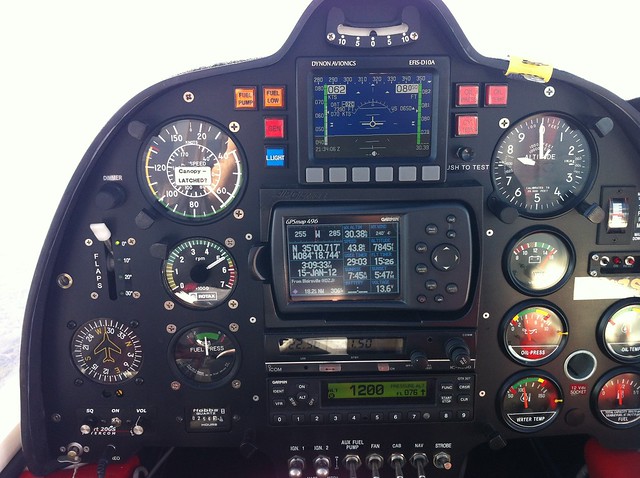classicrock
Pre-Flight
- Joined
- Aug 18, 2015
- Messages
- 73
- Display Name
Display name:
acousticguitar
while I am still a PPL in training(just passed my first "stage check", I have a question about updating the altimeter during flight
I already know that many Pilots on this website fly cross country.
for some, it maybe just under 100 miles, for others perhaps up to 1000? miles. I already know you set the altimeter at your departure airport(after listening to ATIS) and check it or change it to the setting at the destinaton airport if needed(after checking ATIS at the destination airport). yet along your route of flight, you may pass in proximity to 2 airports or perhaps 30? depending on the length of your flight.
how often are each of you checking ATIS and resetting the alitmeter(if needed)while on a cross country ?
I already know that many Pilots on this website fly cross country.
for some, it maybe just under 100 miles, for others perhaps up to 1000? miles. I already know you set the altimeter at your departure airport(after listening to ATIS) and check it or change it to the setting at the destinaton airport if needed(after checking ATIS at the destination airport). yet along your route of flight, you may pass in proximity to 2 airports or perhaps 30? depending on the length of your flight.
how often are each of you checking ATIS and resetting the alitmeter(if needed)while on a cross country ?

